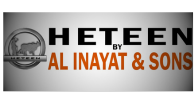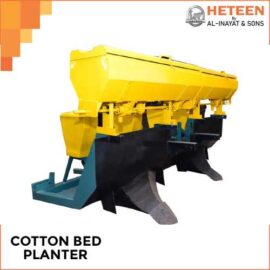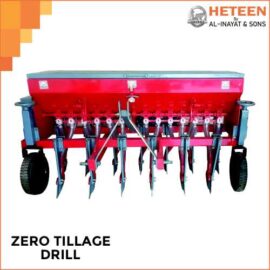It uses for deep plowing in hard soil and mixes the remain of crops and weeds it is ideal for rain-fed areas for checking soil erosion by water and wind.
Specification
| Disc | Overall Size | Weight | Disc Size | HP | Working Depth |
|---|---|---|---|---|---|
| 2 | |||||
| 3 | 115x119x220 | 325kg | 660mm | 55-85 | 300mm |
| 5 |
Usage of a Disc Plow
- Primary Tillage:
- Breaks and turns uncultivated soil, making it suitable for planting. It’s particularly effective in breaking virgin or untilled land.
- Hard Soil and Rocky Terrain:
- Ideal for plowing hard, compacted soils and rocky fields where moldboard plows might struggle.
- Wet or Sticky Soils:
- Performs well in wet or sticky soils, such as clay, where traditional plows can clog.
- Soil Aeration:
- Loosens and aerates the soil, allowing for better water penetration and root growth.
- Weed and Residue Management:
- Cuts and buries crop residues and weeds, incorporating them into the soil for decomposition.
- Erosion Control:
- By turning over the topsoil, the Disc Plow helps reduce surface erosion in fields.
Working Process
- Attachment:
- The Disc Plow is attached to the tractor via a 3-point linkage or pulled as a trailing implement.
- Disc Blades:
- Large, curved, and heavy-duty blades penetrate the soil, cutting and flipping it over.
- Furrow Formation:
- As the blades rotate, they form distinct furrows, turning the soil over and preparing the field for further cultivation.
- Adjustable Depth:
- The depth of plowing can be adjusted based on soil type and the specific needs of the crop.
- Repetitive Passes:
- Multiple passes may be required to achieve the desired soil tilth and uniformity.






Reviews
There are no reviews yet.